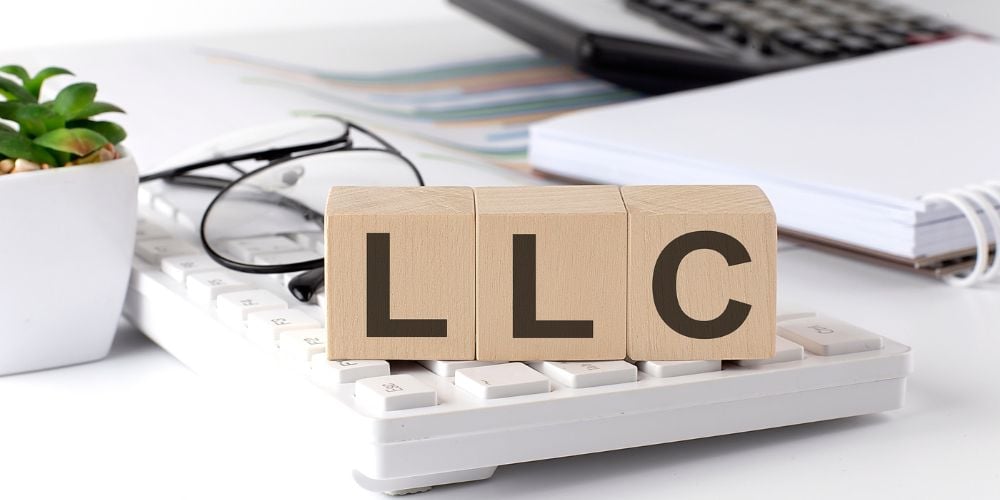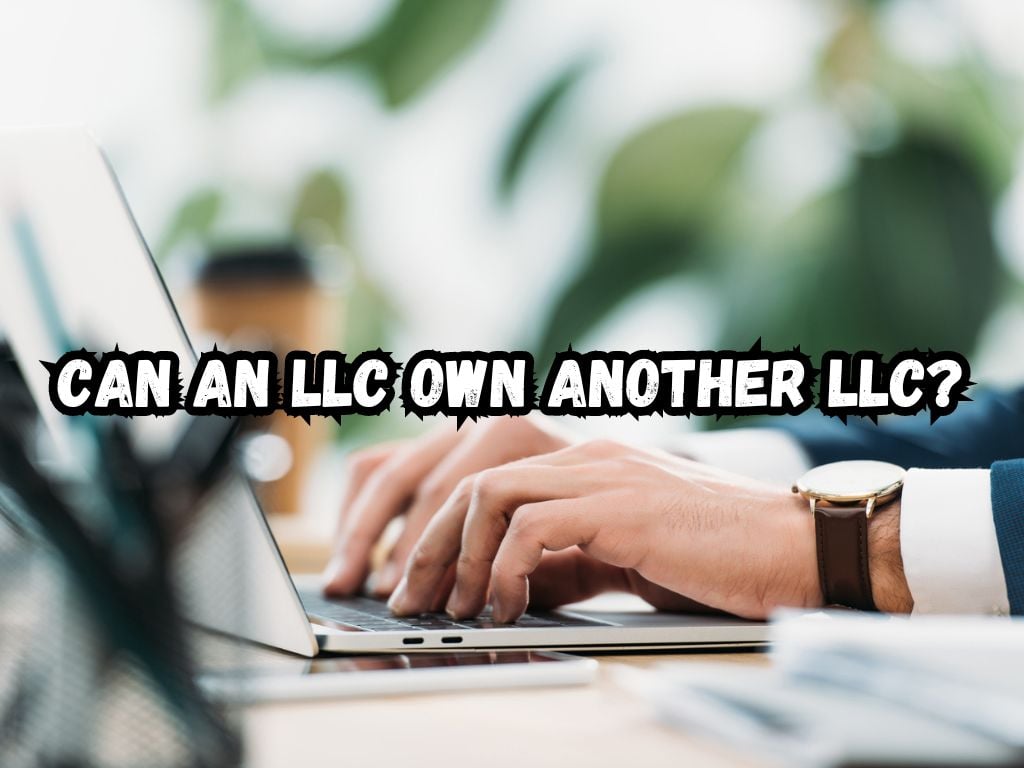Understanding the flexibilities and constraints within the legal structures of businesses is crucial for entrepreneurs and business owners.
One question that often arises is can an LLC own another LLC? This discussion sheds light on the nuances of such arrangements, exploring the structure, benefits, and considerations involved in an LLC owning another LLC.
Understanding LLCs
An LLC stands for Limited Liability Company. It is a popular business structure due to its flexibility in management, protection against personal liability, and tax benefits.
Essentially, an LLC combines the characteristics of both a corporation and a partnership or sole proprietorship.
Can an LLC Own Another LLC?
An LLC can either be single-member (one owner) or multi-member (more than one owner). The key difference is in the ownership structure, which directly impacts taxation and operation.
Single-member LLCs are simpler in terms of decision-making and operations, whereas multi-member LLCs can benefit from multiple perspectives but require more detailed agreements to govern the business.

Parent LLC and Subsidiary LLC Structure
The notion of one LLC owning another typically comes into play with a parent and subsidiary structure. In this configuration, the parent LLC holds full or partial interest in another LLC, making it a subsidiary.
This structure is often adopted for strategic reasons such as asset protection, limit of liability, and streamlined management across different business operations.
Businesses often adopt a parent-subsidiary LLC structure for:
- Limiting Legal Liability: Creating a protective shield for the assets of the parent company against the liabilities of the subsidiary.
- Management of Assets: Easier management and control of different segments or assets of a business.
- Control and Decision-Making Power: Maintaining overarching control while allowing diversified business activities under separate LLCs.
Real-world examples of parent-subsidiary structures abound, illustrating the practicality and benefits of such arrangements for various business strategies.
Pros and Cons of an LLC Owning Another LLC
Owning an LLC by another LLC bears both advantages and challenges. On the upside, this arrangement offers enhanced asset protection and strategic flexibility.
It can significantly reduce liability risks by ensuring the debts and obligations of one entity do not spill over to the other.
However, potential pitfalls include increased complexity in tax filing and regulatory compliance.
Business owners must navigate the intricate regulations governing such structures, which may necessitate experienced legal counsel.
The Process for an LLC to Own Another LLC
For an LLC to own another LLC, a series of legal steps and considerations must be followed. This begins with the formation of the parent LLC, followed by the establishment or acquisition of the subsidiary LLC. Key steps involve:
- Ensuring compliance with state regulations for both LLCs.
- Clearly defining the ownership structure in the operating agreements.
- Handling tax and financial implications diligently.
It’s a process that requires meticulous planning and, often, professional guidance to ensure legal and regulatory compliance.
Alternatives to LLC Owning Another LLC
While an LLC owning another LLC works well for many, alternatives exist. For instance, forming a holding company structure or a corporation owning an LLC can also achieve similar objectives of asset protection and management ease. These alternatives come with their distinct regulatory, tax, and operational implications.

Frequently Asked Questions
Can an LLC be a subsidiary of another LLC?
Yes, an LLC can indeed be a subsidiary of another LLC, provided it is set up in compliance with state laws and regulations.
What are the tax implications of one LLC owning another?
The tax implications can vary significantly depending on the structure—whether it’s treated as a disregarded entity, partnership, or corporation for tax purposes. Each scenario has unique tax treatments and obligations.
How is the parent/subsidiary LLC structure different from a holding company structure?
While both structures aim at managing different business operations or assets under one umbrella, a holding company specifically exists to own shares of other companies, and it typically doesn’t engage in business operations itself. In contrast, a parent LLC may directly involve in business activities besides owning other LLCs.
Why might a business choose for an LLC to own another LLC, and what are the alternatives?
Businesses might opt for this structure for asset protection, operational flexibility, and limited liability reasons. Alternatives include forming a holding company or a corporation owning an LLC, each with its unique advantages and regulatory implications.
What is the legal process for an LLC to own another LLC?
The process generally involves forming the parent LLC, then establishing or acquiring the subsidiary LLC, ensuring compliance with relevant regulations, and properly documenting the ownership and operational structure.
Conclusion
The ability for an LLC to own another LLC offers a pathway for businesses to strategically manage assets, limit liability, and streamline operations across different ventures.
This structure, however, comes with its set of complexities related to legal compliance, taxation, and management that require careful consideration and often professional guidance. In navigating these waters, the pros and cons of such an arrangement must be weighed against the business’s strategic goals and operational needs.
As with any business decision, informed deliberation and consultation with legal and financial experts are key to leveraging the benefits while mitigating the risks.
Navigating the complexities of an LLC owning another LLC requires a clear understanding of the legal, tax, and operational implications.
However, with careful planning and the right guidance, this structure can offer significant benefits for business strategy and asset protection.


 Tags:
Tags:










